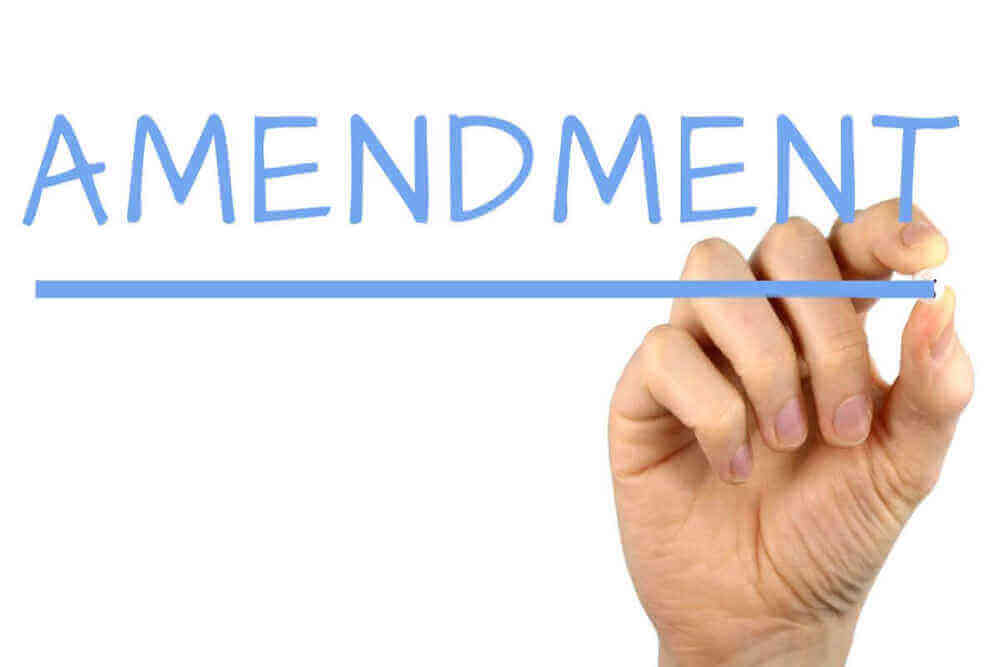Section 73 Amendment
A Section 73 amendment can be used to approve a change to a planning permission condition. But what is it and how do you apply. And more importantly is it suitable for your changes? If you need any help with this please make contact for assistance.

What is a Section 73 Amendment?
If you need to make amendments to a planning decision and a non-material application is not suitable, then a Section 73 amendment might be suitable. The legislation for this is contained within Section 73 of the TCPA 1990.
This is often called a ‘Minor Material’ Amendment, however this is misleading.
As confirmed in a recent High Court ruling in the case of Armstrong v Secretary of State for Levelling-Up, Housing and Communities and Another [2023] EWHC 176 (Admin) Section 73 does not limit its application to minor material amendments. Instead the judgment clarifies that a Section 73 can only be used to amend conditions and cannot be used to vary the description of a development as per Finney v Welsh Ministers and Others [2019] EWCA.
It also cannot be used by the local authority to impose new conditions that are inconsistent with the description of the development.
Importantly this is an application to remove or vary a condition following grant of a planning decision. Although in all honesty that is far reaching. This might alter the layout of the buildings, it might alter the colour or texture of the walls, it might alter the car parking etc. It must be linked to a condition somehow, so if the plans are not conditioned this might prevent many S73 applications.
It is important that the original planning permission must have been lawfully implemented or capable of implementation. There is no time limit to when you can submit a S73 to our knowledge.
You cannot extend the time to make the planning extant (i.e. begun) nor where planning has expired. It also can’t extend the time for applying for reserved matters. But it might be suitable for altering a date when it had to be completed by under say Prior Approval within the GPDO Part 3.
Although a Section 73 cannot alter the description of a decision notice, it might be possible via a Section 96A application first as long as it is non-material, and then followed via a Section 73 amendment. However in order to not create this situation in the first place you might want to be careful in the description of your application. Less is more as far as this is concerned. A planning authority should only alter this description with your agreement. It is established that on an application made under S192 there is no power to amend the description of the development included in the application unless the applicant has agreed to it.
If the red line plan or indeed any other plans have been conditioned then, they can be altered via a S73 application. The local authority might not agree, but I hope they do. Re the red line alteration. This might only be possible if the development could have been carried out in the revised red line area. For example sufficient amenity land or car parking etc. in accordance with local policy. If any aspect of the development described would be in breach of any local policy or legislation, then the red line should not be altered.
If you are refused a S73 application you may appeal under S78 of the TCPA 1990. For a householder application this is 12 weeks, for all others 6 months.
A S73 should take 8 weeks, unless the original application was major when it is 13 weeks.
If an amendment to a scheme cannot be made through an amendment to a condition, then you cannot use S73 and a fresh planning application will need to be submitted to the local planning authority.
The planning permission granted under a S73 will be a new planning permission, however it will expire on the same date as the original permission. The new permission sits alongside the original permission, which remains intact and unamended. It is up to the applicant to decide whether to implement the new planning permission or the original permission granted.
For a listed building one can use Section 19 of the Planning (Listed Building and Conservation Areas) Act 1990 to vary a condition.
If you would like to apply for a Section 73 amendment, one of our consultants will be able to assist. Simply fill in the fee proposal form and we will do the rest.
You are also welcome to ask questions about a S73 on our forums.
Page updated: 10th May 2024
Other Planning Application Sections




